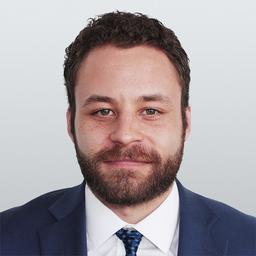OTTAWA—With the federal election shaping up to be a two-way race between the Conservatives and Liberals, front-runners Pierre Poilievre and Mark Carney are also the only party leaders whose seats are considered safe at this point in the campaign.
Leaders’ Seats
According to the latest projections of polling aggregator 338 Canada, as of April 9, NDP Leader Jagmeet Singh’s B.C. riding of Burnaby Central sees the Liberals leading with 41 percent of the popular support, followed by the Conservatives at 31 percent and the NDP at 25 percent. Singh has been the MP for the riding—formerly Burnaby South before the 2022 electoral boundaries redistribution—since 2019. The riding is a longtime NDP stronghold. The polling aggregator puts the odds of Singh winning the seat currently at less than 1 percent.Carney and Poilievre
Peter Graefe, a political science professor at McMaster University, says it is expected that Poilievre and Carney will keep their seats given the current popularity of their parties.He also said both ridings have “strong bases” for the two parties, since Carleton is a more rural riding that the Tories traditionally do well in, while Nepean is a suburban riding that has “historically had a fairly strong presence of the Liberal Party.”
Similar to other countries, Canada has a rural-urban voter divide where voters for left-leaning parties like the Liberals and NDP are over-represented in cities, while rural areas that are more reliant on industries like farming, mining, oil production, and logging are more likely to vote for the Conservatives.
Other Parties
Graefe says a polling aggregator like 338 Canada doesn’t give accurate polling for each individual riding but only projections based on differences in federal polling averages when compared to the previous election.“In a situation where the NDP support has kind of gone down by half, and the Liberals are up by about 10 points, and the Conservatives are up by six, … it will tend to show a lot of incumbents losing their seats,” he said.
Graefe said polling projections for ridings don’t account for the enthusiasm people in a specific riding might have for the party leader. He said swing models can miss “very specific local dynamics” such as differences in wealth, urbanization, and whether the party leader is “loved locally” and has “their own kind of coattails that allow them to buck the trend.”
Because Singh won his riding by just 10 percent in 2021 and 6 percent in 2019, Graefe said the NDP’s overall decline in popularity doesn’t bode well for his re-election chances. But Blanchet, who won re-election by nearly 30 points in 2021 and 27 points in 2019, is in a “more comfortable position,” he said.
May is also facing a more difficult situation in her riding. She won re-election by nearly 30 points in 2019, but in 2021 that lead shrank to 15 points, with the Conservatives, Liberals, and NDP making gains. Graefe said that May has been sharing the party spotlight with deputy leader turned co-leader Jonathan Pedneault, and that many voters in May’s riding may be voting “strategically” for the Liberals in order to prevent a Conservative from winning.







